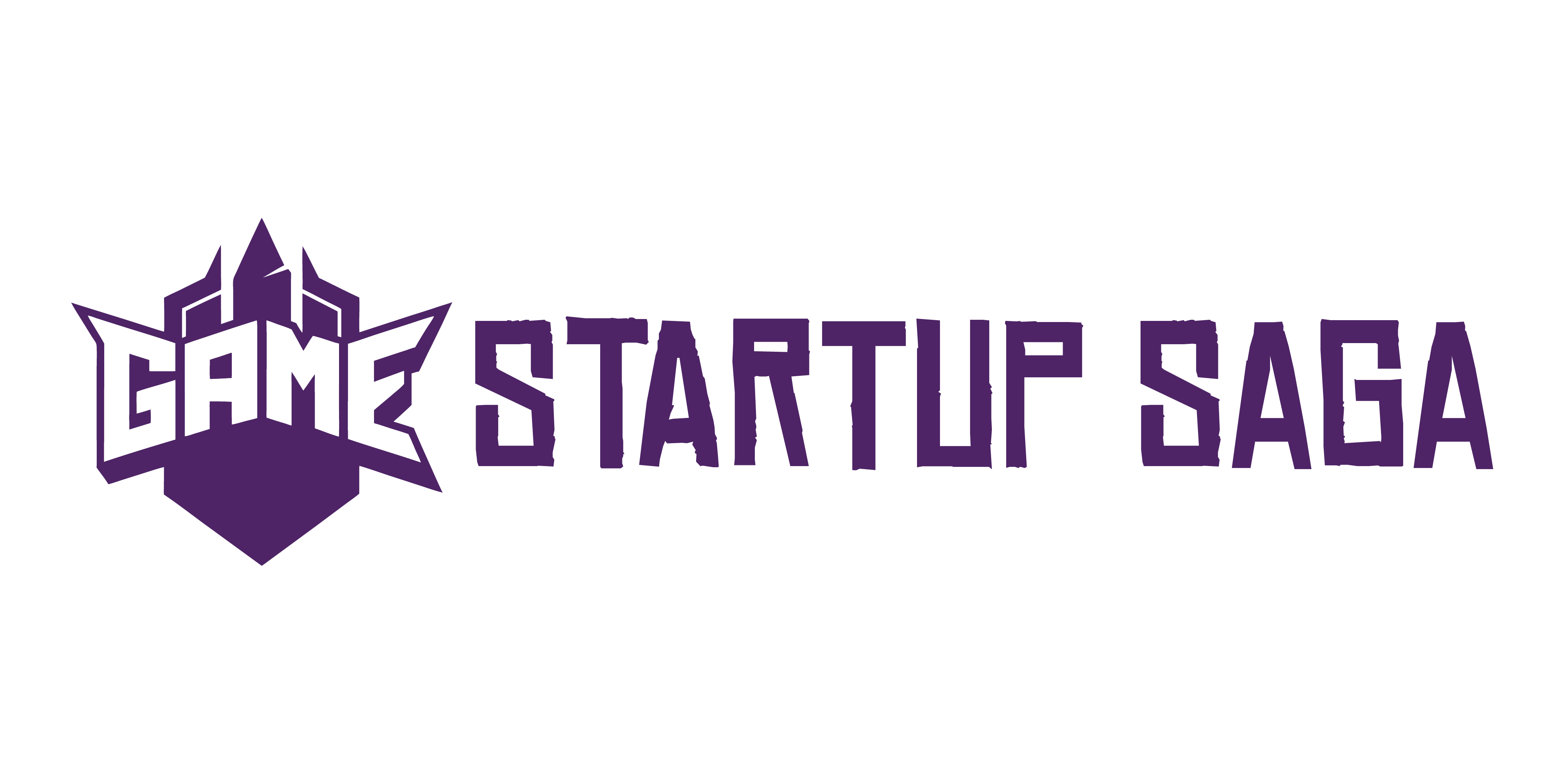Introduction: Why Now Is the Time to Build
The game industry isn’t slowing down—it’s expanding in every direction, and indie studios are leading a lot of that charge. You no longer need a 50-person team or millions in funding to make something great. Games like “Celeste,” “Hades,” and “Vampire Survivors” prove that with the right idea and execution, small teams can make serious impact.
The tools have caught up to the ambition. Game engines like Unity, Unreal, and Godot are increasingly accessible—affordable, well-documented, and supported by huge communities. You can prototype on a laptop, share builds in Discord, and publish globally without a publisher’s permission. The barrier to entry is lower than ever.
But it’s not just about access. Small means fast, focused, and personal. Tiny studios build tighter games because decisions don’t get stalled in meetings. A team of 3–5 people who communicate well and share a vision can build a complete experience without compromise. That’s the real edge: speed, clarity, and complete creative control.
If you’ve ever wanted to start a game studio, 2024 isn’t just a good time—it might be the best time.
Step 1: Define Your Vision
Before you write a single line of code or sketch a character design, it’s essential to define the core identity of your game and studio. Clarity at this stage will guide every decision that follows.
Choose Your Core Genre and Tone
Don’t try to make a game for everyone. Instead, narrow your focus:
- Pick a genre you and your team are passionate about (e.g., platformer, tactical RPG, puzzle adventure)
- Define the tone early—dark and gritty, lighthearted and humorous, retro nostalgia, etc.
- Think about what makes your game feel fresh, yet familiar enough to attract a fanbase
A focused creative direction helps set realistic expectations and simplifies development priorities.
Identify Your Target Audience
Know who you’re building for:
- Are you aiming for casual mobile gamers, hardcore PC players, or a niche indie crowd?
- Consider player behavior, platforms, and communities they spend time in
- Tailor gameplay mechanics, visual style, and marketing language to this audience
Doing market research—even basic—is critical to ensure that your idea has room to thrive.
Define a Realistic Goal
Not every studio sets out to become a multi-title franchise. Determine your ambition from the start:
- Passion project: Built for creative satisfaction, possibly free or pay-what-you-want
- Commercial product: Strategy focused on monetization, scalability, and distribution
There’s no wrong path—but you need to be honest about your timeline, resources, and motivations.
Know Your “Why”
Your reason for starting this studio is bigger than making a cool game. This purpose—your why—will motivate your team during late nights and tough deadlines.
Ask yourself:
- Why does this game need to exist?
- Why are you the right person (or team) to make it?
- What’s the long-term vision beyond this first release?
A strong “why” becomes your internal compass and helps align everyone on the project, especially when things get hard.
Step 2: Assemble a Core Team
A successful game development studio doesn’t start with software—it starts with people. The right team forms the foundation of your project. Choose creatives and problem-solvers who align with your vision and are ready to build something from the ground up.
Key Roles to Fill
You’ll want a lean but capable team, especially in the beginning. These are the essential roles most early-stage studios require:
- Programmer: Writes the code that makes the game work—from systems to UI to gameplay mechanics.
- Artist: Develops the visual style. This may include 2D/3D artists, animators, and concept designers.
- Game Designer: Shapes the player experience—rules, challenges, levels, and narrative design all fall under their domain.
- Audio Designer/Composer: Creates sound effects, music, and ambient audio to bring atmosphere and feedback to the game.
Tip: In ultra-small teams, one person may wear multiple hats. If so, prioritize collaborators with flexible skills and strong communication.
Where to Find Talent
Talent isn’t just on LinkedIn. Great indie collaborators are often found in active creative communities:
- Game development forums (TIGSource, IndieDB, GameDev.net)
- Discord servers (try groups centered around Unity, Unreal, or pixel art)
- Online communities (Reddit subs like r/gamedev or r/INAT)
- Local game jams and meetups can also reveal people whose strengths complement your vision.
Hiring vs. Contracting
Choosing between permanent team members and short-term help depends on your timeline and budget:
- Hire when you need consistent contribution and long-term collaboration.
- Contract when you need specific tasks completed (e.g., music, UI polish, marketing trailer) or don’t yet have the funds for full-time roles.
Clear contracts and expectations are essential, especially when equity or profit shares may be involved.
Define Your Culture From Day One
Company culture isn’t something you retroactively fix—it’s something you build by design.
- Be intentional about how decisions are made, how feedback is shared, and how accountability is handled.
- Prioritize inclusion, trust, and creative freedom—qualities that feed innovation and reduce burnout.
Thoughtfully choosing your first few team members can shape the DNA of your studio for years to come.
Step 3: Choose the Right Tools and Tech
Selecting the right tools is one of the most important decisions your studio will make. The software you choose will shape your workflow, compatibility, and even influence your game’s final feel. Choose tools that suit your team’s skills, complement your vision, and scale with your ambitions.
Game Engines: Unreal vs. Unity vs. Godot
When it comes to game engines, there’s no one-size-fits-all. Here’s how the major contenders stack up:
Unreal Engine
- Best for high-fidelity visuals and 3D experiences
- Strong built-in tools for lighting, materials, and physics
- Blueprint scripting helps non-programmers prototype features quickly
- Heavier on hardware and expertise requirements
Unity
- Excellent for both 2D and 3D games
- Huge asset store and community support
- Rapid prototyping and mobile-friendly
- Strong C# scripting environment
Godot
- Lightweight and open-source
- Ideal for small indie teams and 2D-focused projects
- Custom scripting with GDScript (Python-like)
- Fast iteration cycles and easy UI tools
Choose based on your team’s familiarity, your project needs, and the type of game you’re aiming to create.
Version Control & Development Pipelines
Without a solid version control setup, your project is at constant risk. Version control isn’t just for coders—it protects art, design data, and resources as well.
Key Tools:
- Git/GitHub or GitLab – Flexible, widely supported, and ideal for distributed teams
- Plastic SCM – Gaining popularity among game devs, especially with Unity
Why it matters:
- Enables collaboration with full change history
- Reduces risk of losing progress or overwriting someone’s work
- Supports smoother integration of new assets and code
Set up your pipelines early to include automated builds, testing branches, and proper asset workflows.
Asset Management and Prototyping
Keeping your assets organized can save hundreds of hours later in production. Pair that with effective prototyping tools to shape your vision quickly.
Asset Management Tips:
- Use naming conventions and folder hierarchies from day one
- Store external assets in cloud storage or version-controlled repositories
- Archive unused files to keep the project lean
Prototyping Tools:
- Unity & Unreal – Both allow for rapid Grayboxing and gameplay iteration
- Tiled (2D) or ProBuilder (Unity 3D) for level design mockups
- Ink and Twine for narrative and dialogue flow
Build fast, test often, and clean up regularly. That’s the key to staying agile and avoiding chaos.
Step 4: Start Small, Build Smart
Before you think about 20-hour campaigns or sweeping RPG mechanics, dial it back. Build the MVP—minimum viable product. That means a single level, one core mechanic, or just enough to get feedback. A vertical slice lets you prove your idea works before burning months in full-scale production. It’s not glamorous, but it’s how successful studios stay lean and hit deadlines.
Next, test. Then test again. Getting your concept in front of real players early helps you adapt fast. Maybe nobody likes the combat system. Maybe the art direction doesn’t click. Better to find out now than after you’ve built 12 hours of content on a shaky foundation.
And finally—guard against scope creep like it’s a virus. Keep your feature list short and focused. Every cool idea that gets tacked on without purpose? That’s another delay, another bug, another stress point. Small teams win by finishing things, not endlessly adding more.
Step 5: Legal and Business Setup
This is the part where many passionate devs fumble—not because they can’t code, but because they didn’t think like business owners. Your studio isn’t just a team; it’s a legal entity that needs the same protection, structure, and foresight as any other business.
Start by choosing your business structure. For most indie teams, an LLC hits the sweet spot—it’s simple to form and gives you liability protection. Sole proprietorship is cheaper, but comes with more personal risk. A partnership? Only if you’ve got ironclad agreements (and trust). If you have long-term plans or outside funding on the horizon, consider a C Corp—it’ll be more paperwork upfront, but it scales better.
Speaking of trust: codify everything. Have contracts. Spell out who owns what—especially IP. Decide how revenue and equity are split now, not when money shows up. Even friends fall out when ownership’s unclear. A clean contract can save a relationship and your game.
Use tools that make your non-dev life easier. Accounting software like QuickBooks or Wave. Project management systems—Notion, Trello, ClickUp. Time tracking tools like Toggl help keep work measurable. Your game’s success depends just as much on deadlines as dialogue trees.
Bottom line: you don’t need to be a lawyer or an MBA. But if you treat your development house like a hobby, it’ll behave like one. Planning isn’t a luxury—it’s the thing that keeps your studio alive when inspiration runs dry.
Step 6: Education Never Stops
The game development landscape evolves constantly—new tools, engines, workflows, and design trends emerge every year. To stay relevant and competitive, ongoing learning must become part of your studio’s culture.
Why Lifelong Learning Matters
- Keeps you up to date with the latest tools and technologies
- Helps your team avoid outdated practices and inefficient workflows
- Encourages experimentation and cross-disciplinary knowledge
- Opens doors to niche mechanics, genres, and audiences
Where to Learn: Reliable Online Resources
You don’t need to enroll in formal university programs to become a strong game developer. The internet is stacked with quality resources:
Tutorial Platforms
- Udemy – Deep dives into Unity, Unreal, and niche systems like pixel art or game UI
- Coursera – Full game design and development courses from universities
- Gamedev.tv – Game-specific skill-building for beginners and intermediates
YouTube Channels
- Brackeys (archived but timeless for Unity)
- Game Maker’s Toolkit (great for design theory)
- Code Monkey, Dani, and AskGameDev for practical devlog examples
Communities and Forums
- Unity and Unreal forums
- Dev-specific subreddits (r/gamedev, r/indiegames)
- Discord servers focused on game jams and tutorials
Keep a Learning Routine
- Set aside regular development time for watching tutorials or reading docs
- Encourage team lunch-and-learns or knowledge-sharing sessions
- Assign team members to stay on the pulse for their specialty (art, audio, code, etc.)
Start Here
Need a curated list to dive in? Check out our resource roundup:
Top Resources for Learning Game Development
The best developers are the ones who know they haven’t learned everything yet.
Step 7: Build an Audience Early
Start Sharing From Day One
If you’re building in silence, you’re missing out on one of the biggest advantages indie studios have—authenticity. Transparency about your development process not only builds trust; it invites early supporters who will become your game’s most passionate advocates.
- Talk honestly about wins, struggles, and progress
- Share behind-the-scenes snapshots of development
- Let your audience witness the game evolve—it makes launch day far more meaningful
Platforms That Matter
You don’t need to be everywhere, just strategic. Choose platforms where your audience already spends time and where you can show off your development visually and interactively.
- Twitter/X: Great for short updates, dev threads, and engaging with other creators
- TikTok: Perfect for showcasing prototypes, character designs, or dev humor quickly and visually
- Reddit: Join and contribute meaningfully to game dev and genre-specific subreddits
- Discord: Build a community hub—Q&A sessions, sneak peeks, and direct feedback can all happen here
- IndieDB: For sharing pre-release builds, devlogs, and getting discovered by other dev-focused communities
Don’t Just Say It—Show Them
Demonstrating progress is more powerful than posting progress reports. Even if your project is early-stage, there’s always something to show.
- Create a short teaser trailer: 15–30 seconds to give people a taste of your concept
- Start a recurring devlog series: document progress in video, blog, or micro-post formats
- Share a prototype or vertical slice: let people play it and respond—you’ll learn a lot fast
Showing your creative process not only builds hype but also gives you crucial feedback early. Momentum comes from visibility, and getting visible starts with pressing publish.
Step 8: Funding and Monetization
Money keeps the lights on, but how you get it—and keep it—can make or break your studio. There’s no single right path, just trade-offs.
Self-funding gives you control, but it can also burn through savings fast. Some devs use contract work on the side to stay afloat. Early Access is another route—if your game is stable enough, it can generate income while you finish it. It’s not a guarantee, though, and players expect progress with their purchase.
Crowdfunding is still alive and kicking. The catch? You need a real audience and a compelling reason for people to care. A half-baked pitch won’t cut it. If you’re confident in your concept and your ability to deliver, platforms like Kickstarter can launch your studio—but botching delivery can burn goodwill fast.
Publishers bring funding, marketing muscle, and distribution pipelines. But they’ll usually want a slice of creative control or revenue. If you go this route, start building relationships early. Don’t pitch cold. Be clear on your vision, milestones, and what you need help with. A good publisher can take your project to the next level. A bad one can bury it.
Whatever you choose, think about monetization from day one. Is your game a premium title with a one-time price? Free-to-play with live services? Subscription-based? Your monetization model shapes your design—and your audience’s expectations. Plan like it matters, because it really does.
Pitfalls to Watch Out For
Most indie studios don’t fail because the idea was bad. They fail because they tried to do too much, too fast, with too little. The dream of building a AAA epic on an indie budget is exactly how teams end up stuck in years of unfinished work. Scope down. Then cut that scope in half. Finish something small, polish it harder than anything, and ship it.
Next: burnout. It sneaks up when your team’s burning nights and weekends, pushing builds instead of sleeping. Early hustle is fine—but sustainable habits matter more if you want your studio to survive past the first launch. Build in breathing room. Learn when to stop.
Then there’s your community. If you’re not listening, they’ll drift. Feedback loops—comments, bug reports, Discord chatter—are how you stay aligned with the people who care about your game. Ignore them, and you’re building in the dark.
Finally, marketing isn’t optional. It should start the same day as development. If you’re building a game no one knows exists, you’re not just behind—you’re invisible. Teasers, devlogs, early builds: do it messy if you have to, but don’t wait.
Recognizing these traps is half the battle. Dodging them is how you finish.
Final Notes: Grit Over Glamour
Overnight success looks great in headlines, but it’s fiction. Even the indie darlings that explode on Steam or go viral on TikTok? Most of them have years of failed prototypes, reworks, and late-night patching behind them.
The studios that survive—and eventually thrive—build around focus. They cut everything that doesn’t serve the core experience. They adapt when the market demands it. And above all, they persist long after the honeymoon phase of building a game is over. This isn’t a sprint. It’s not even a marathon. It’s a wilderness trek with no map and changing weather.
Make the game only your team can make. That’s the key. Not chasing trends, not outproducing the big AAA shops. Lean into what makes your team strange, specific, and passionate. That’s your edge. Use it.




